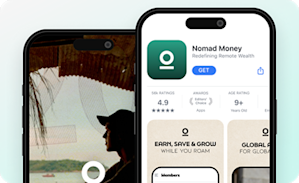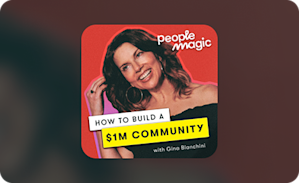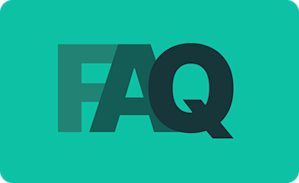Courses
Create a course your people will love
Async or online (or both). Sell videos and content for passive income—and charge a premium for live course experiences.
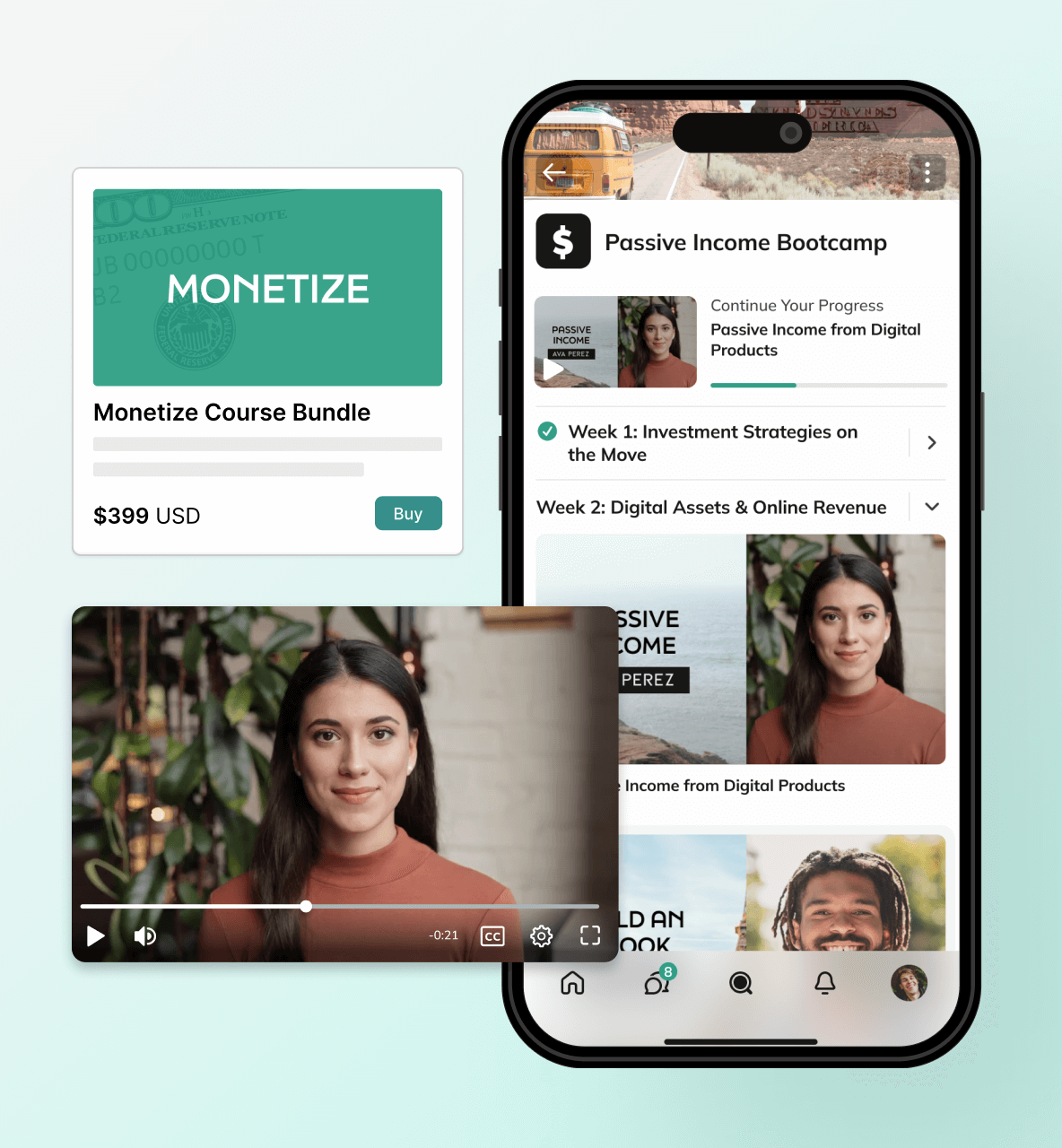
Monetize your knowledge by charging one-time or subscription fees
Teach live or host pre-recorded content —or do both to maximize revenue
Use AI to quickly generate a course outline so you can keep growing
Beautiful, Flexible, and Engaging
A course platform built for modern creators and entrepreneurs
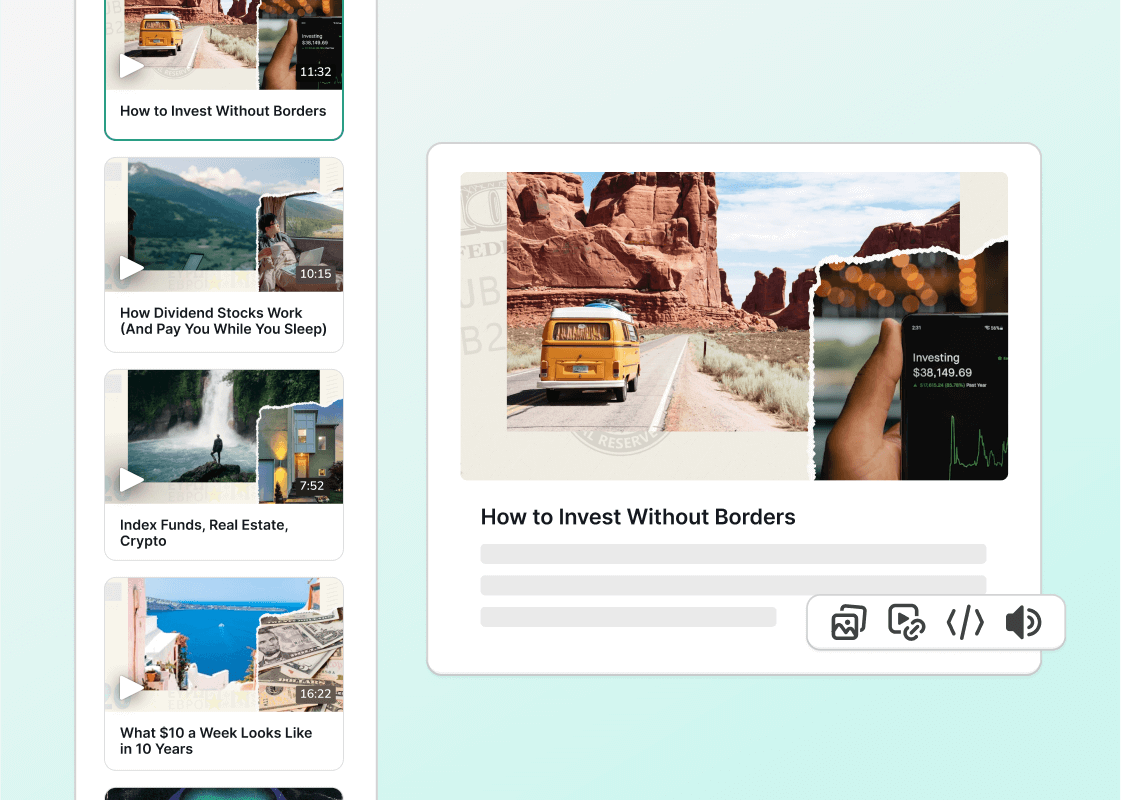
Course Content
Upload content and make it custom
Upload video, audio, and files to give your students everything they need to succeed.Create engaging visuals to stand out from basic courses and draw them into your material.
Course Content
Upload content and make it custom
Upload video, audio, and files to give your students everything they need to succeed.Create engaging visuals to stand out from basic courses and draw them into your material.

Course Delivery
Teach live or async
Drip courses and have timed or sequential unlock. Quizzes and assessments help students retain the information.Add automations to instantly invite students to the next level.
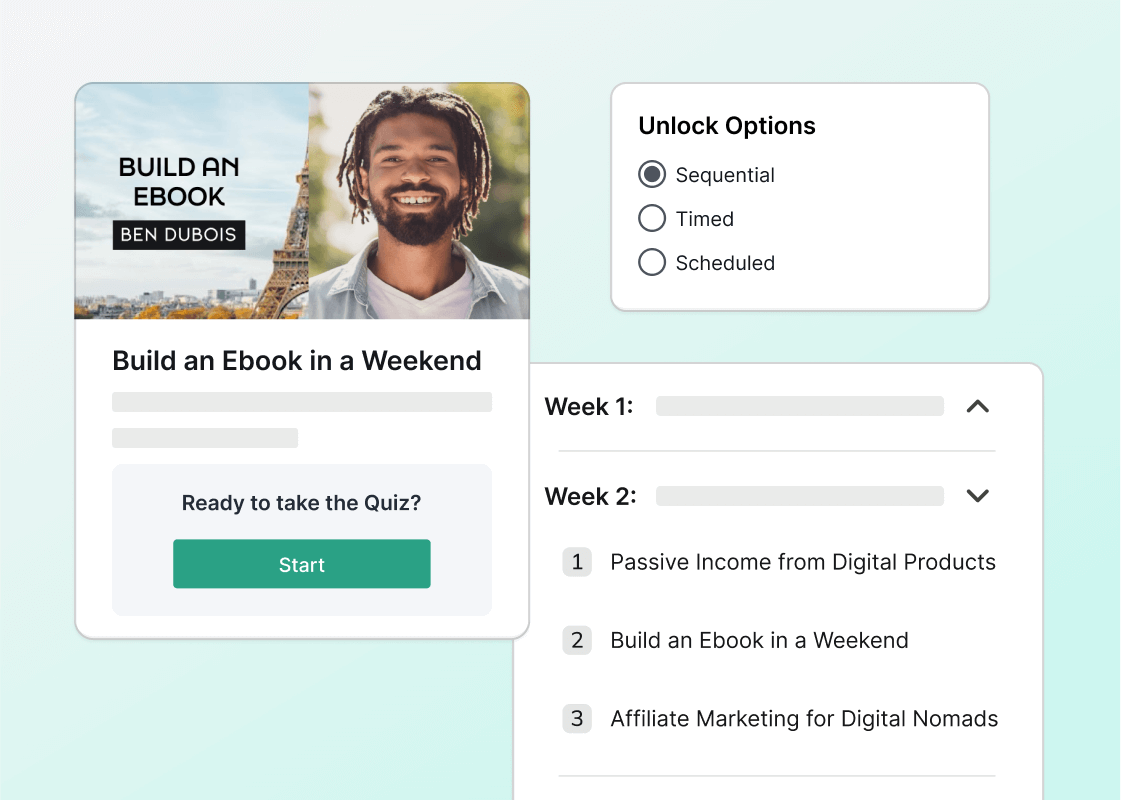
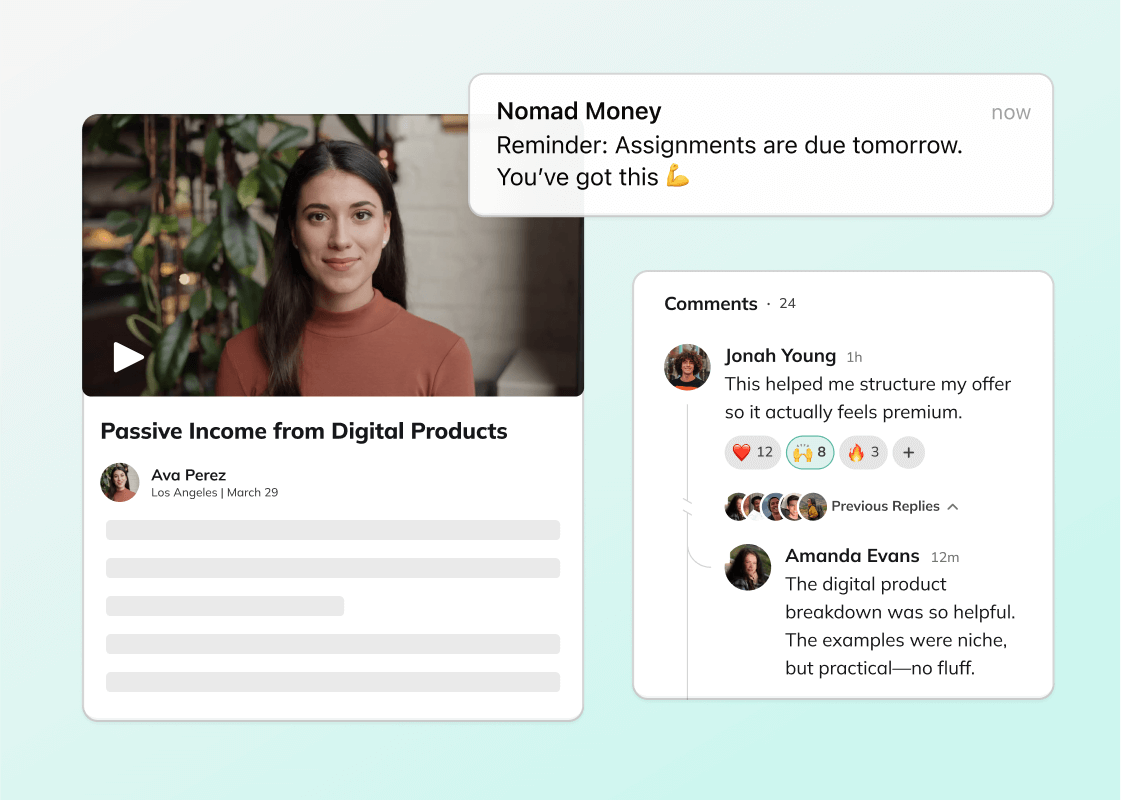
Student Engagement
Guide members to transformation
Your courses will be accessible on the web, Android, and iOS—notifications and gamification keep students coming back.You can also explore workshops and events that bring people together, live, and add automations to celebrate your students’ progress.
Student Engagement
Guide members to transformation
Your courses will be accessible on the web, Android, and iOS—notifications and gamification keep students coming back.You can also explore workshops and events that bring people together, live, and add automations to celebrate your students’ progress.

Course Revenue
Charge one-time or for membership
Earn passive income with a one-time fee or explore a cohort-based model. Either way, you have the flexibility of installment payments, promo codes, and more.You can bundle multiple courses together, charge in over 135+ currencies, offer free trials, and even token-gate courses.
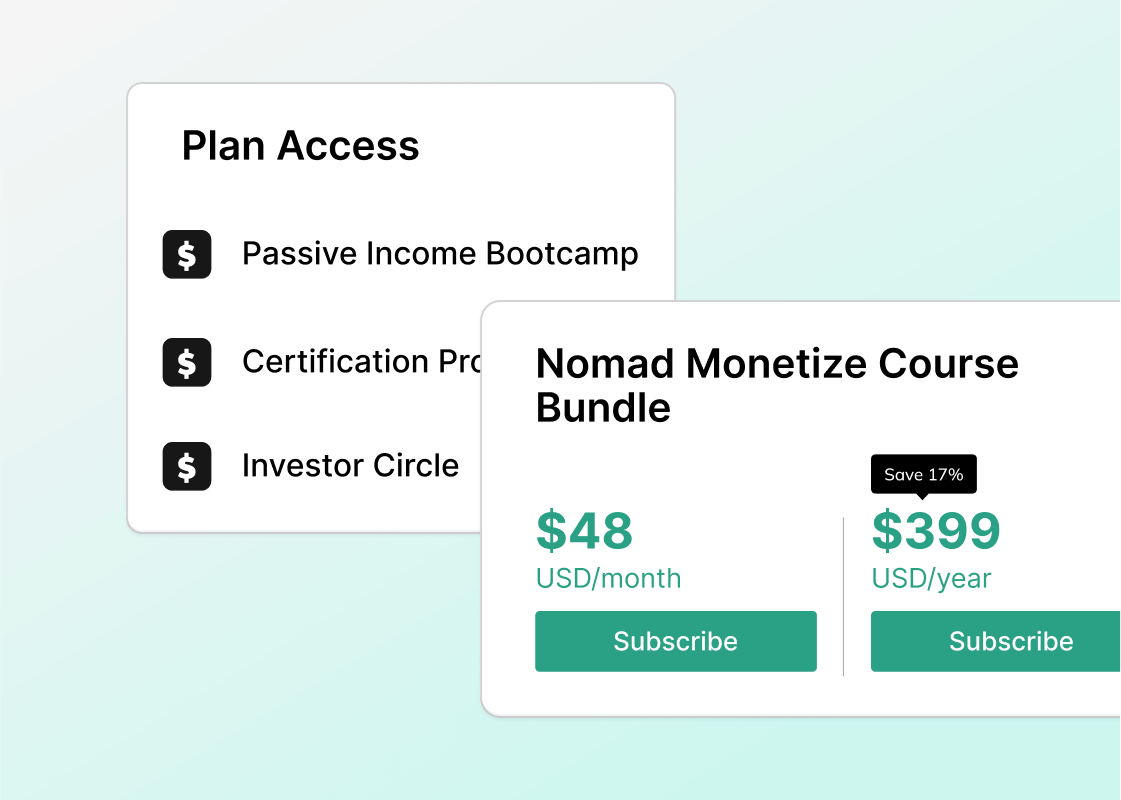
Join tens of thousands of profitable course creators on Mighty

Wealth Without Wall Street
Teaching thousands how to achieve true financial independence

The Luckiest Club
Thousands of members find sobriety by moving through courses together
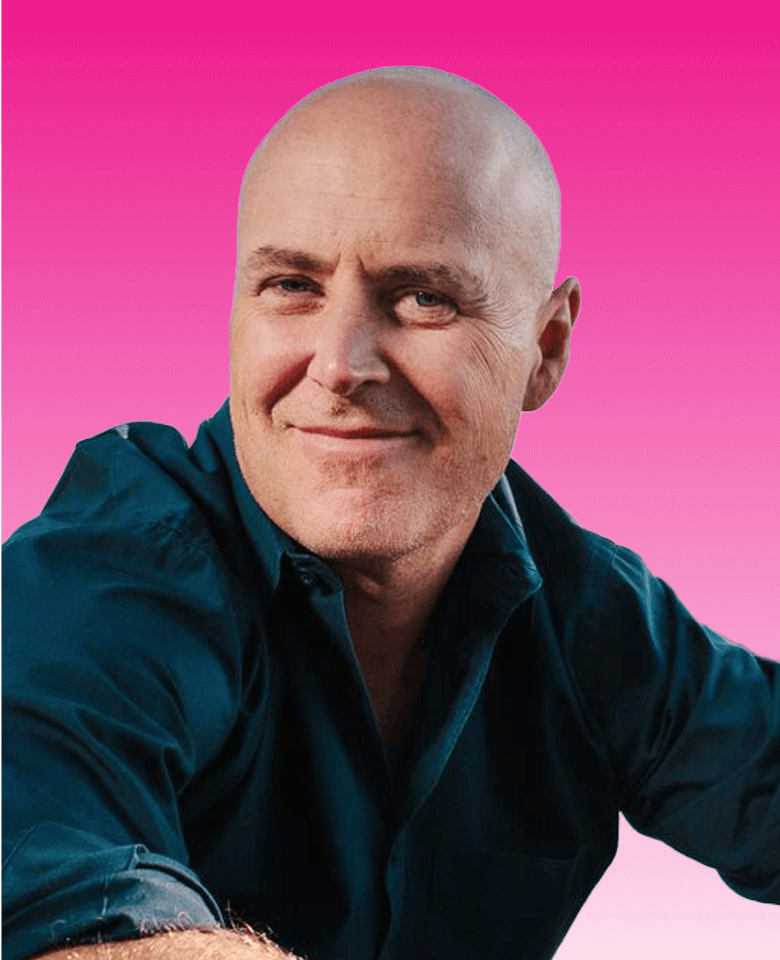
Category Pirates
A premium cohort based 12 month course for forward-thinking entrepreneurs
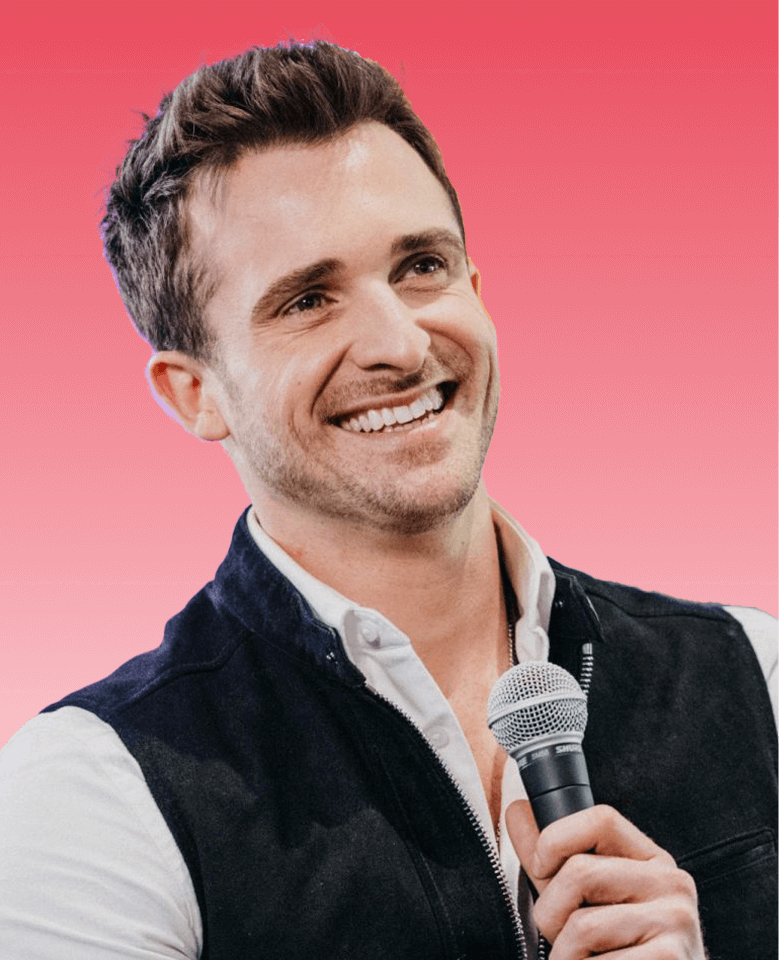
Matthew Hussey
37,000 students work towards their relationship goals

Dr. Mark Hyman
Thousands have done his 10-Day Detox Course in the Hyman Hive Membership

Dance Again
A digital dance studio with live classes for all ages and skillsets

Slow AF Run Club
22,000+ “back of the pack” runners get training plans and resources
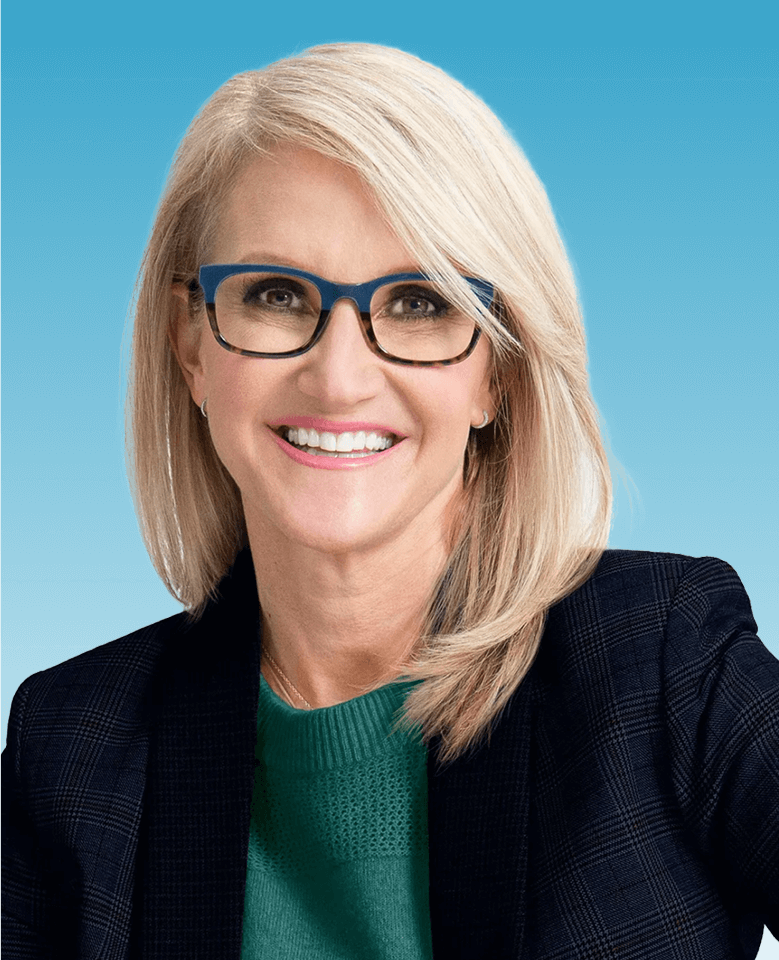
Mel Robbins
A 5-week high-ticket program with video training and livestreams

Gary Brecka
Ultimate Humans come together for biohacking courses and content
Everything you need to deliver an incredible course experience
Each step on Mighty is simple—but gives you tons of flexibility
Get a head start with an instant course outline
Tell us what you want to teach and we’ll generate sections and lessons for you to fill in—in 30 seconds.
Create or upload your content
Upload videos or course material and create sequential lessons for students to work through or unlock.
Reveal, unlock, or set material to drip out
Start with all course material visible or choose to reveal it sequentially, schedule it, or unlock it at a specific time.
Choose to charge (or not)
Set up paid plans for single courses or bundles. Offer an intro course for free and charge students to go deeper.
Share your landing page
Create attractive pages to sell your plans on Mighty—or send visitors from your ClickFunnels, Instapage, or Unbounce straight into your check-out flow.
Easily see and assess student progress
Track student progress and add quizzes to ensure they’re mastering the material. Build automations to reach out to anyone who needs a hand.
Automatically upsell after course completion
Add automations to instantly celebrate progress and invite them to the next course or challenge.
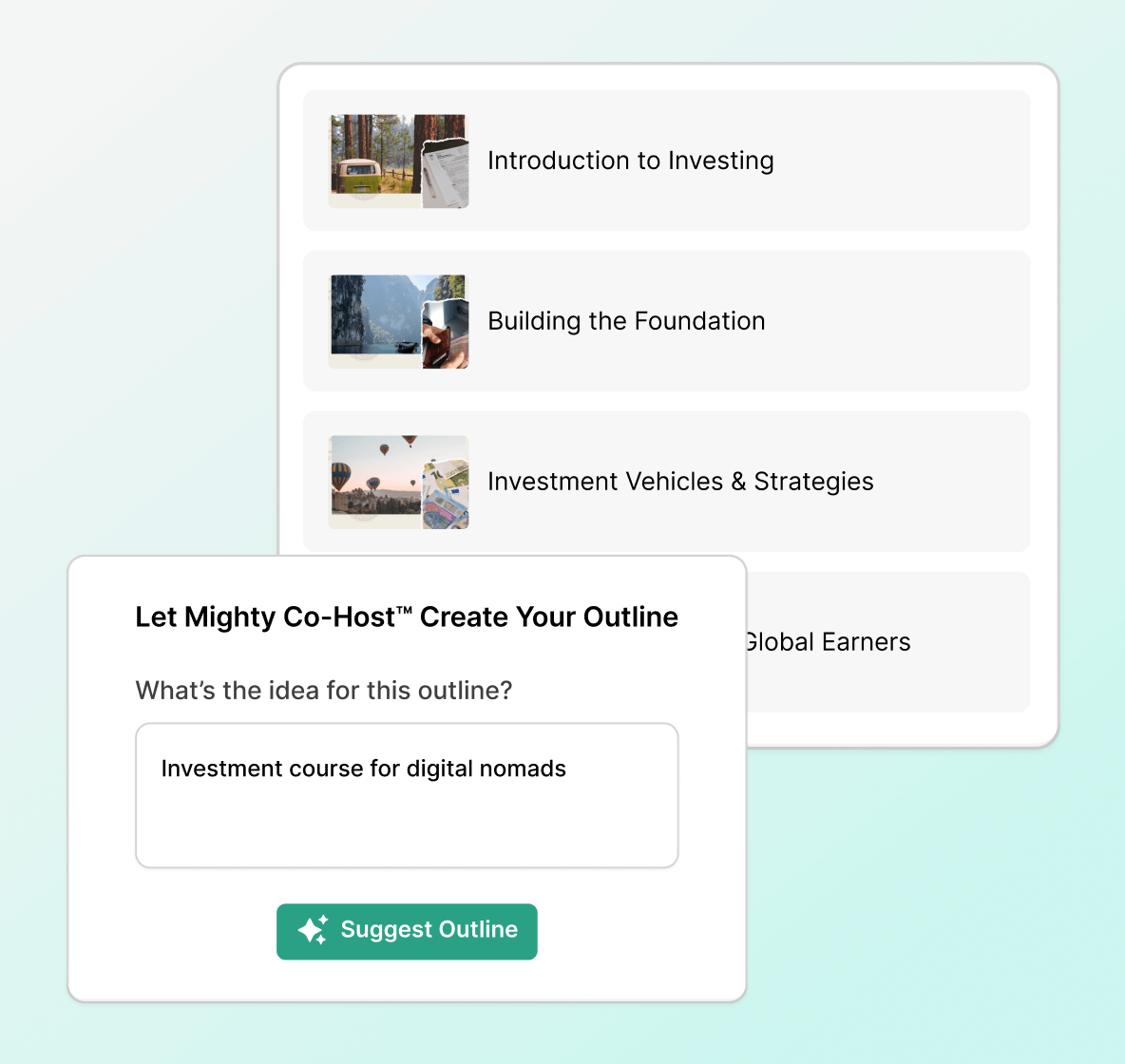

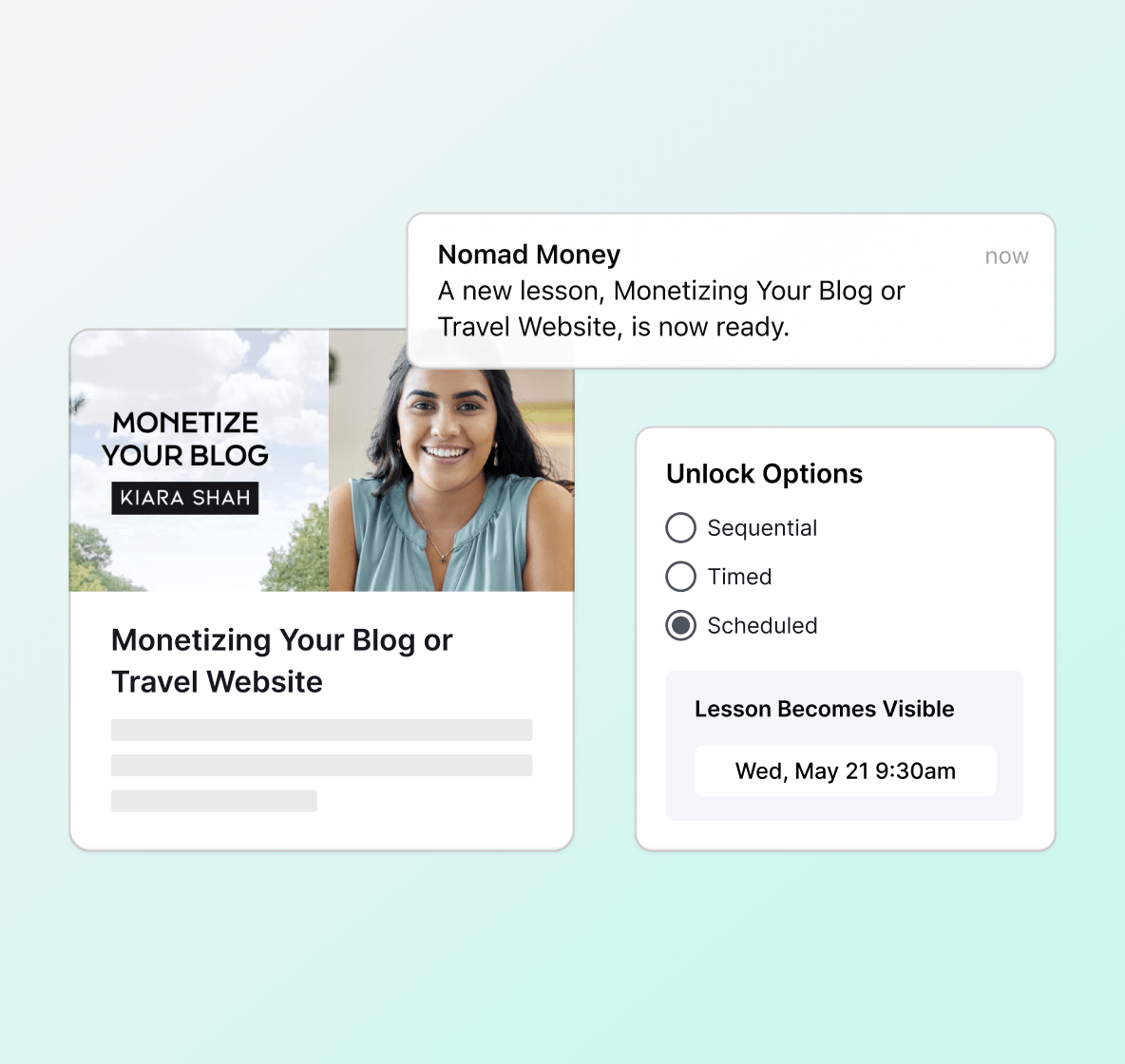
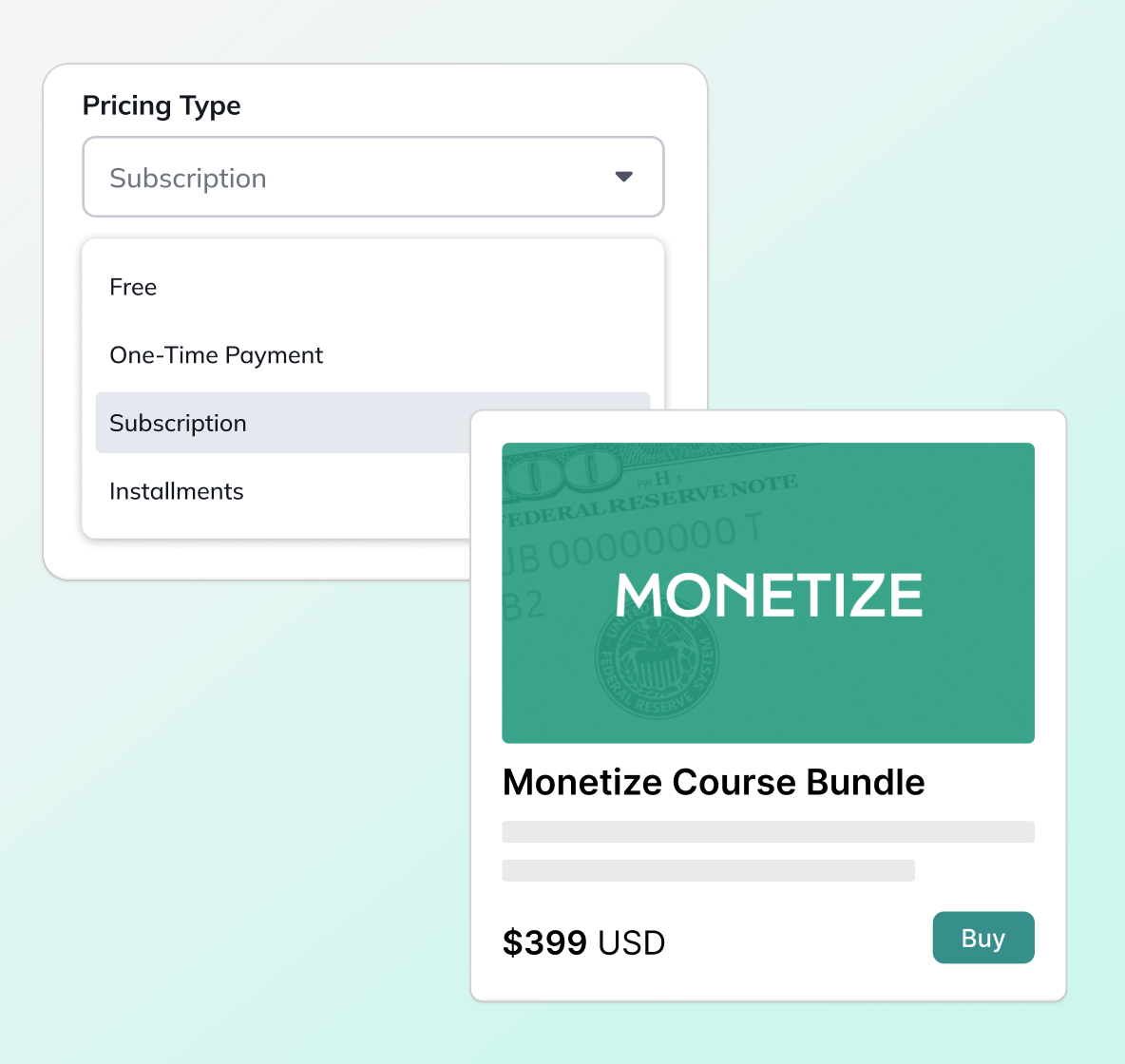
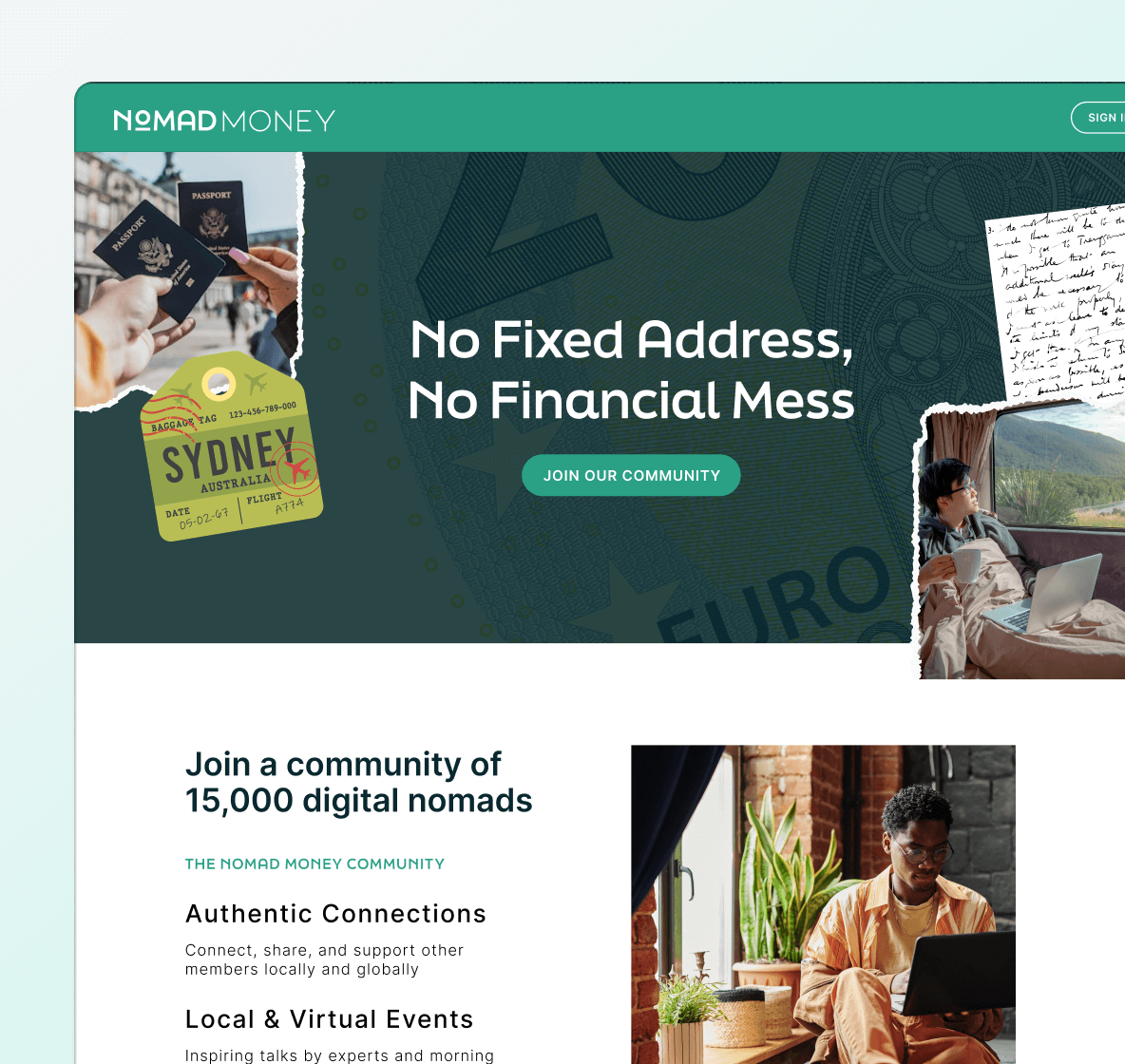
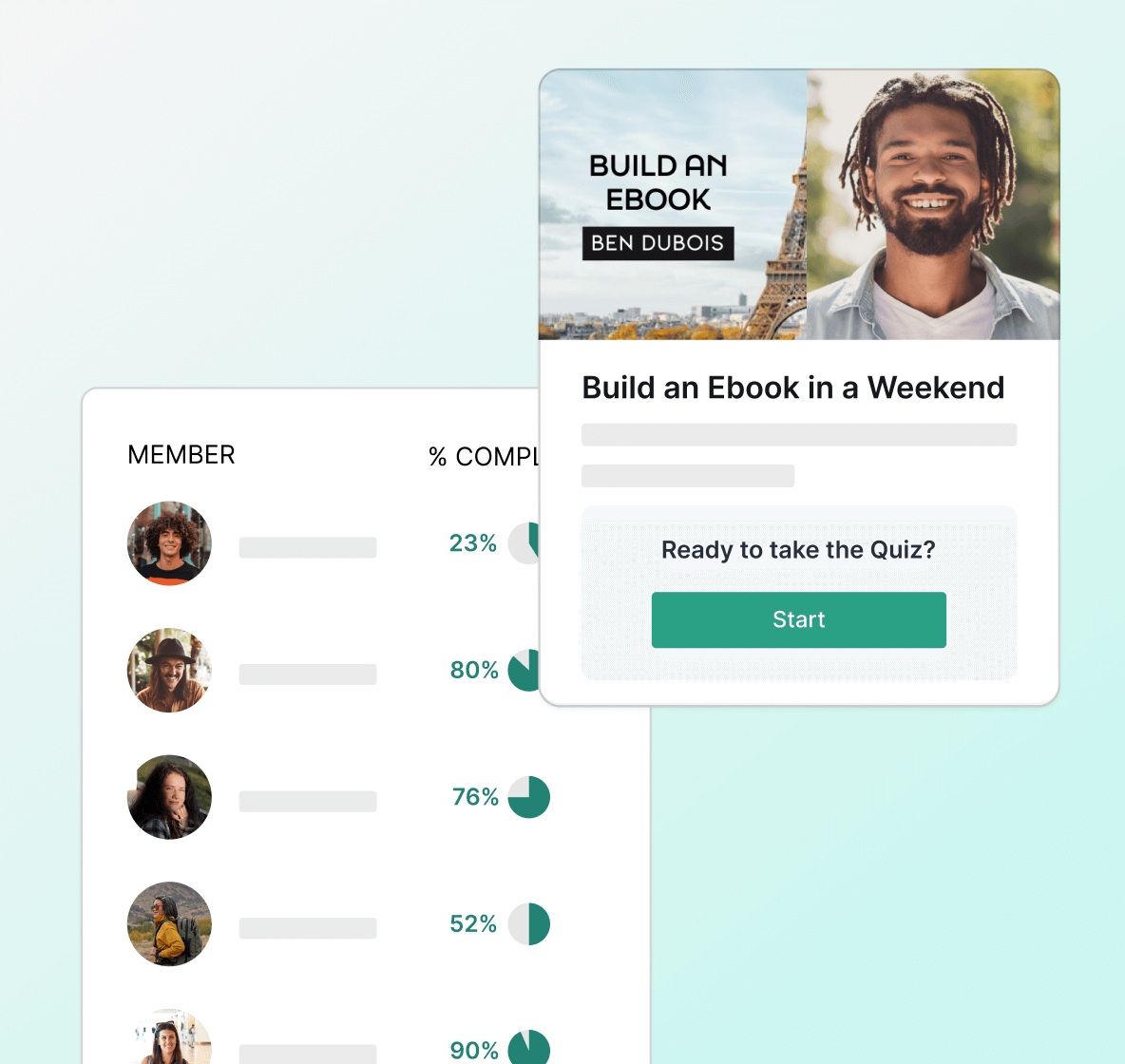
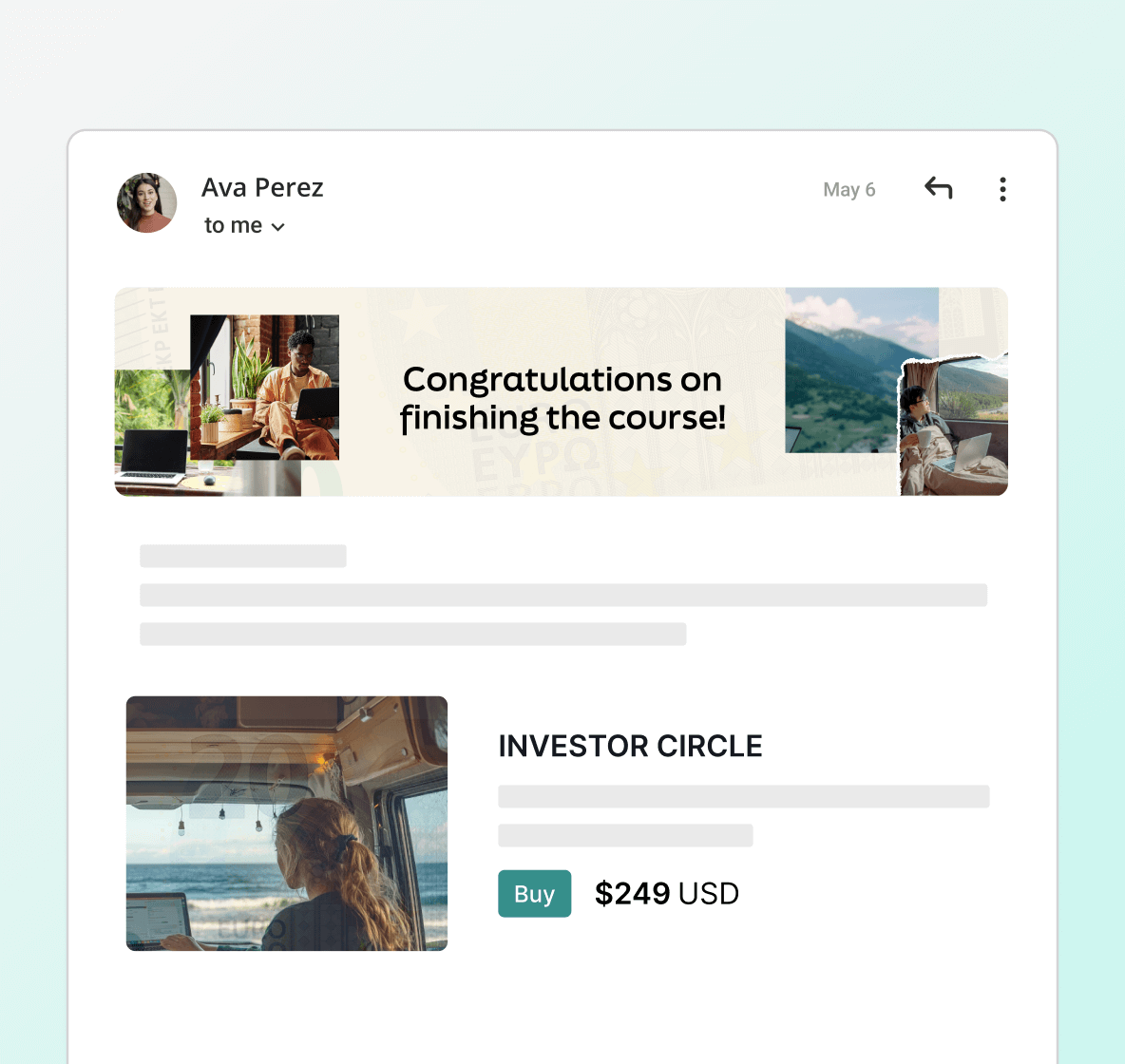







Get a head start with an instant course outline
Tell us what you want to teach and we’ll generate sections and lessons for you to fill in—in 30 seconds.
Create or upload your content
Upload videos or course material and create sequential lessons for students to work through or unlock.
Reveal, unlock, or set material to drip out
Start with all course material visible or choose to reveal it sequentially, schedule it, or unlock it at a specific time.
Choose to charge (or not)
Set up paid plans for single courses or bundles. Offer an intro course for free and charge students to go deeper.
Share your landing page
Create attractive pages to sell your plans on Mighty—or send visitors from your ClickFunnels, Instapage, or Unbounce straight into your check-out flow.
Easily see and assess student progress
Track student progress and add quizzes to ensure they’re mastering the material. Build automations to reach out to anyone who needs a hand.
Automatically upsell after course completion
Add automations to instantly celebrate progress and invite them to the next course or challenge.
Record your livestreams to create 2 courses in 1
Charge for the premium live experience—and then repurpose the recordings as an evergreen course people can purchase and watch on their own time.

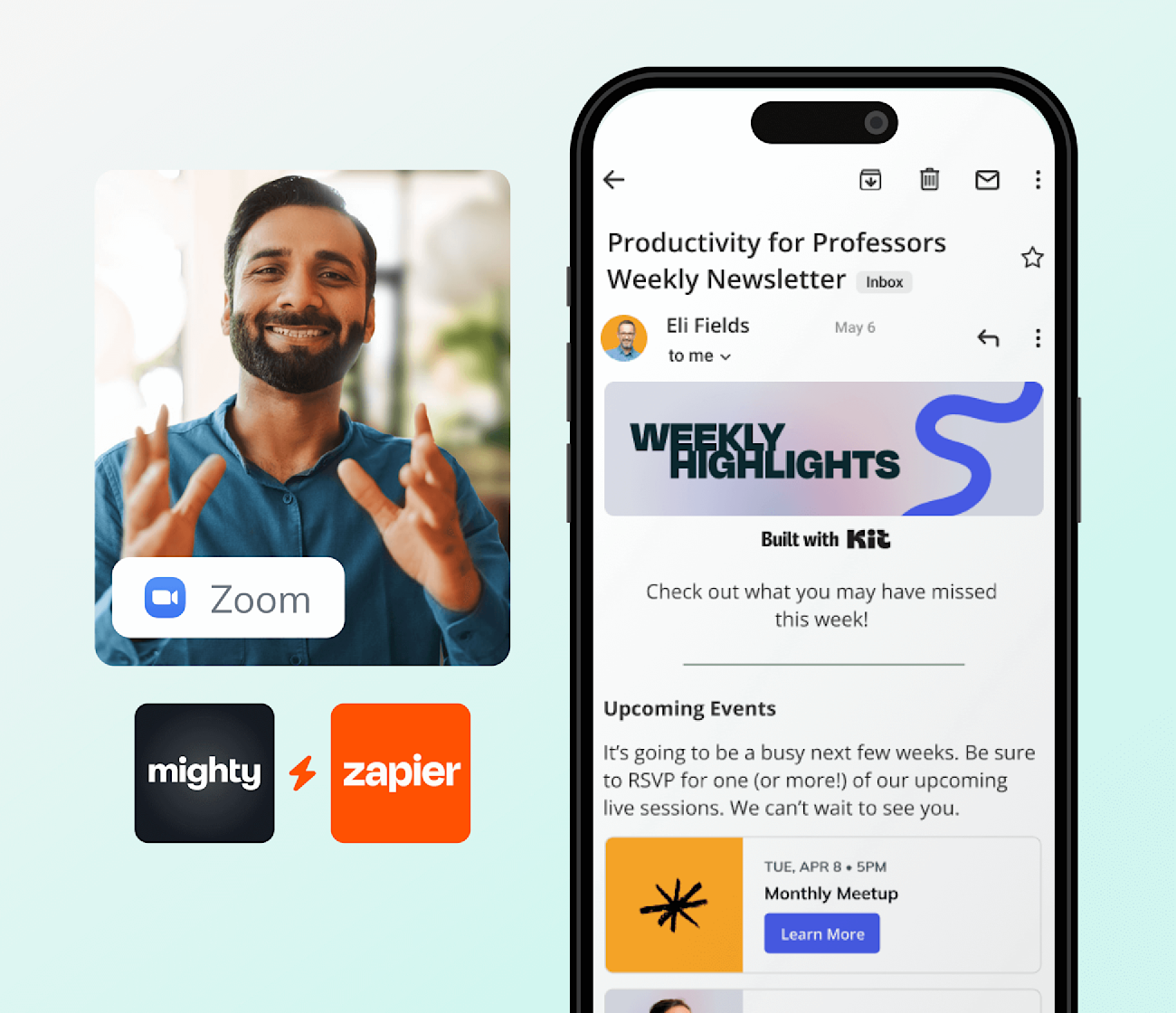
Embeds & Integrations
Build your course empire around Mighty
Mighty stands alone—but it doesn’t have to. Whether you’re a seasoned course builder or new to the business, you can start with Mighty and then pick and choose the tech stack that suits you.
Embeds & Integrations
Build your course empire around Mighty
Mighty stands alone—but it doesn’t have to. Whether you’re a seasoned course builder or new to the business, you can start with Mighty and then pick and choose the tech stack that suits you.

2,000+ Embeds
Drop in anything you need. It all just works (and looks great).
Kit Integration
Keep your outreach sharp, synched, and right on target.
Zapier Integration
Cut out the busywork with a full library to make connections for you.
Zoom Integration
We’re already on the same page. Generate event links in seconds.
Unlock courses—and more—for $99/month
Try a 14-day free trial to see how your course business can scale on Mighty.
UNLIMITED
Members
Spaces
Admins & Mods
UNIQUE TO MIGHTY
People magic AI
Multiple features per space
Get started <60 seconds
The Courses Plan
Starts at
$99
Free
for 14 days
Everything you need to scale a community or course business and integrate it with other technology.
No credit card required
Content
• Native video upload• Video embeds• Audio uploads• PDFs• Images and GIFs• Documents and slides• Quizzes and assessments• Unlimited course video storage• Instant course outline
Student Experience
• Drip and unlock courses• iOS and Android app access• Gamification and recognition• Create cohort-based courses• Allow student comments• Create student cohorts• Students can log in with SSO• Send notifications• Allow student chat and DMs• Dark and light mode
Charge for Access
• Charge one-time fees• Charge a monthly or annual membership• Bundle courses together• Offer free trials or free courses• Create special offers with promo codes• Give installment plan options• Create hidden courses• Charge in multiple currencies• Token-gate your courses
Augment Your Courses
• Native livestreaming• Native event scheduling• Help members start conversations• Re-engage members with personalized messages• Instant course or challenge outline• Make any writing better• Icebreaker suggestions• Celebrate students’ progress with automations

Mighty Pro
Put it on your vision board—courses in your own app
Mighty Pro brings it all together on your own branded apps for iOS and Android and gives you access to our world-class strategy team.
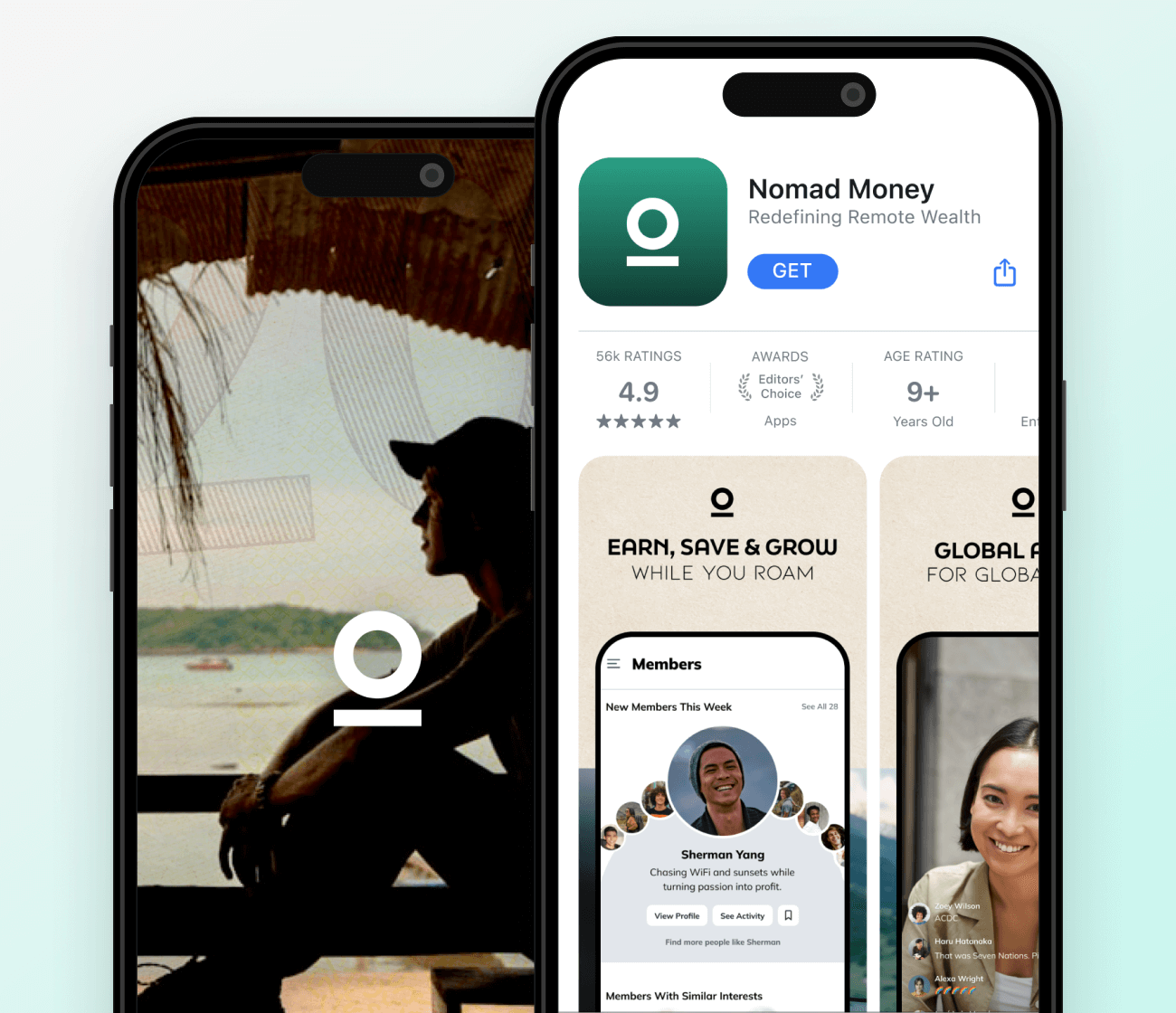
Start building your community today
Get set up in seconds. You're gonna love this.
You're a few minutes away from watching it come to life.
Build a $1 Million Community
This free masterclass went viral—sign up to learn why.


